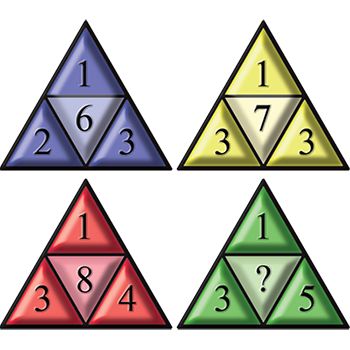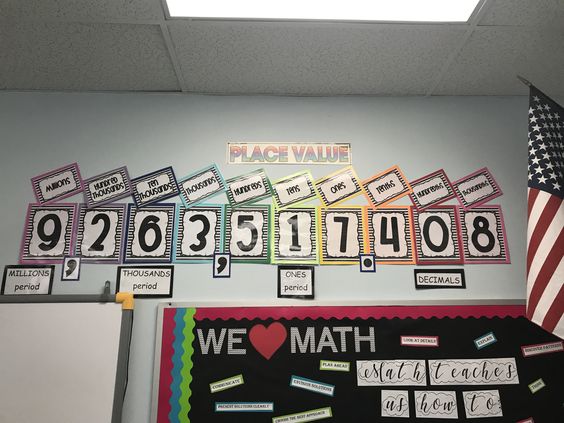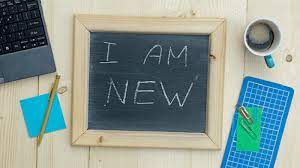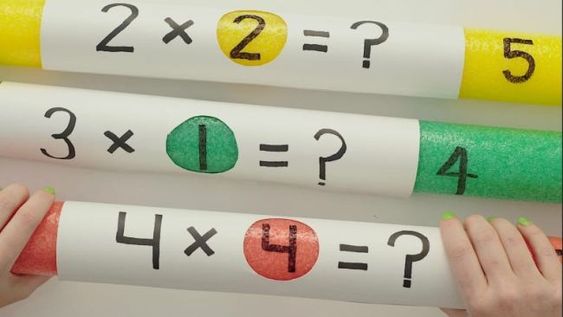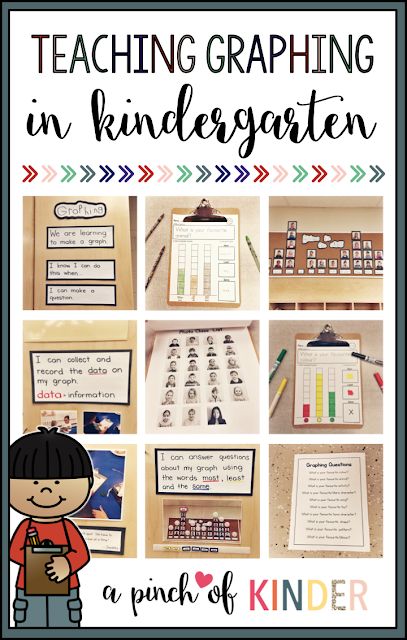Math doesn’t have to be boring! When students participate in engaging activities, they can enjoy the process of learning while improving their math skills. Here are nine fun and educational math activities that kids in grades 6-12 can do at home.
1. Kitchen Measurements
Turn cooking or baking into a math lesson by asking your child to work with precise measurements, fractions, and conversions. Have them double or halve a recipe, or convert measurements between metric and imperial units.
2. Build a Bridge
Encourage your child to design and build a model bridge using toothpicks, popsicle sticks, or other materials. They can practice their geometry and engineering skills while also learning about weight distribution and spatial reasoning.
3. Math Puzzles
Word problems, Sudoku puzzles, logic riddles, and tangrams are excellent ways to challenge your child’s problem-solving skills. Find puzzles online or invest in a book with various levels to keep them engaged over time.
4. Geocaching
This outdoor treasure hunting game teaches kids about coordinates, mapping, and distance calculations while they search for geocaches hidden by others around their neighborhood. Sign up for free on geocaching websites or apps to get started.
5. Estimation Jar
Fill a jar with items like marbles, buttons, or candy. Have your child estimate the number of items in the jar and then count them after making their estimation. This activity helps sharpen their number sense and estimation skills.
6. Tessellations Art Project
Drawing tessellations – shapes that fit together without gaps or overlaps – allows your child to explore symmetry, patterns, and geometry concepts creatively. Provide them with graph paper, colored pencils, and examples of tessellations for inspiration.
7. Online Math Games
There are numerous free online math games designed for various grade levels that teach essential math concepts in entertaining ways. These games often provide immediate feedback, allowing kids to learn and progress at their own pace.
8. Probability Experiments
Use coins, dice, or playing cards to explore probability and statistics with simple at-home experiments. Have your child record the outcomes of each trial and analyze the results to learn about the likelihood of different events.
9. Create a Budget
Encourage your child to develop financial literacy by creating a mock budget for a household or fictional business. They can practice calculating expenses, income, and savings while learning about real-world financial concepts.
By incorporating these fun math activities into your child’s daily routine, you’ll make learning enjoyable and help them develop essential skills that will benefit them in the classroom and beyond.
